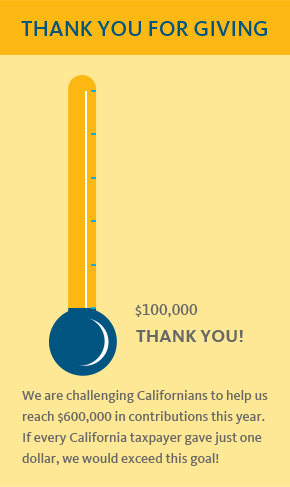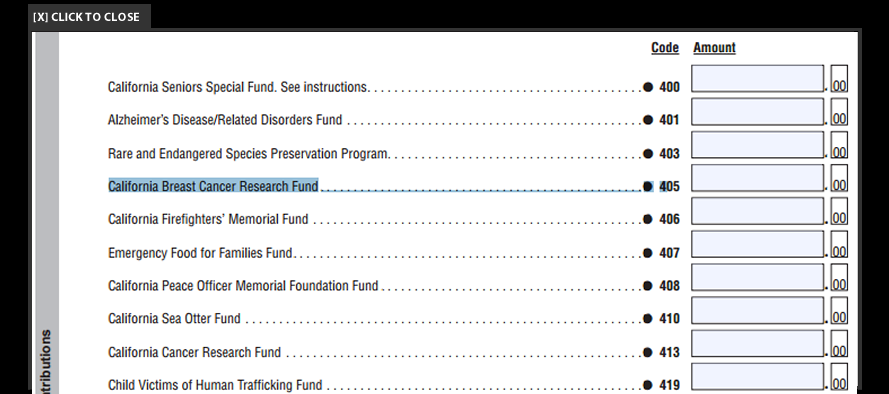 |
|||||||||
Reducing Latina Women's Exposure to Cleaning Chemicals
Kim Harley of UC Berkeley and Norma Morga of Clinica de Salud del Valle Salinas teamed up to determine whether switching to green cleaning products affected endocrine disruptor exposures in Latina women. They found a significant drop in air concentrations of 17 chemicals of concern. Viro-immunotherapy for Triple Negative Breast Cancer
Shyambabu Chaurasiya of the Beckman Research Institute of the City of Hope is developing an immunotherapeutic strategy for treating triple negative breast cancer. He has constructed a virus that combines with checkpoint inhibitors that may be leveraged to treat breast cancer. Intervening on Reproductive Health in Young Survivors
Irene Su at UC San Diego is conducting research that will inform and address the unmet reproductive health needs of young breast cancer survivors. She is determining whether the Reproductive Health Survivorship Care Plan will improve estrogen deprivation symptoms, fertility concerns, contraceptive practices and sexual function for these women. Impact of Reducing Chemical Exposure to the Human Breast
Polly Marshall of Breast Cancer Over Time and Shanaz Dairkee of the California Pacific Medical Center Investigated whether xenoestrogen exposure is detectable in breast tissue at the cellular level in women exposed to phthalates and/or parabens in their personal care products and found a genetic signature that decreases with reduced exposures. Women Worker Biomonitoring Collaborative (WWBC)
Rachel Morello-Frosch of UC Berkeley, Heather Buren of United Fire Service Women and Erin Carrera of Breast Cancer Prevention Partners teamed up to identify the types of chemicals in the serum from firefighters, nurses and office workers that could be attributed to work exposures. They developed a database containing 8,077 compounds, including chemicals relevant to these occupations and of special interest to breast cancer. Light at Night and Breast Cancer Risk in California Teachers
Peggy Reynolds at the Cancer Prevention Institute of California and her colleagues analyzed satellite imagery data and survey data to determine whether outdoor levels of light at night correlates to breast cancer rates. Their findings suggested that women living in the areas with very high levels of outdoor LAN had about a 10% increased risk of breast cancer compared to women who lived in areas with the lowest levels of indoor LAN. |
|||||||||



The California Breast Cancer Research Program (CBCRP) is fighting to end the disease through innovative science and community participation. And with a tax check-off contribution, you can join
the fight.
New approaches, new ideas.
The country's largest state-funded breast cancer research effort, CBCRP is run independently from the state by the University of California.
95% of all donations support new approaches to diagnose, treat and prevent breast cancer. Approaches other agencies might be reluctant to support. Such as:
• Identifying environmental factors that may cause breast cancer.
• Exploring new, effective treatments for advanced and metastatic breast cancer.
• Improving support networks to empower breast cancer patients.
Over $13 million in grants so far. And the fight's not over.
Check the box. Fund the fight. Mark 405 on your 540 Tax Form. It's an easy,
tax-deductible way to help conquer breast cancer.













